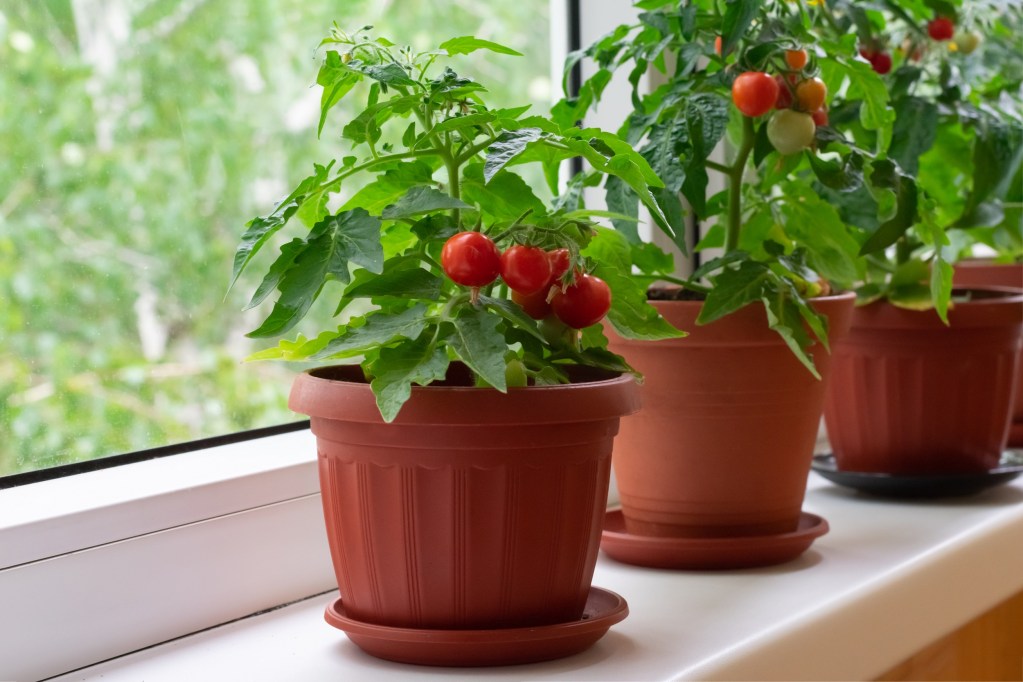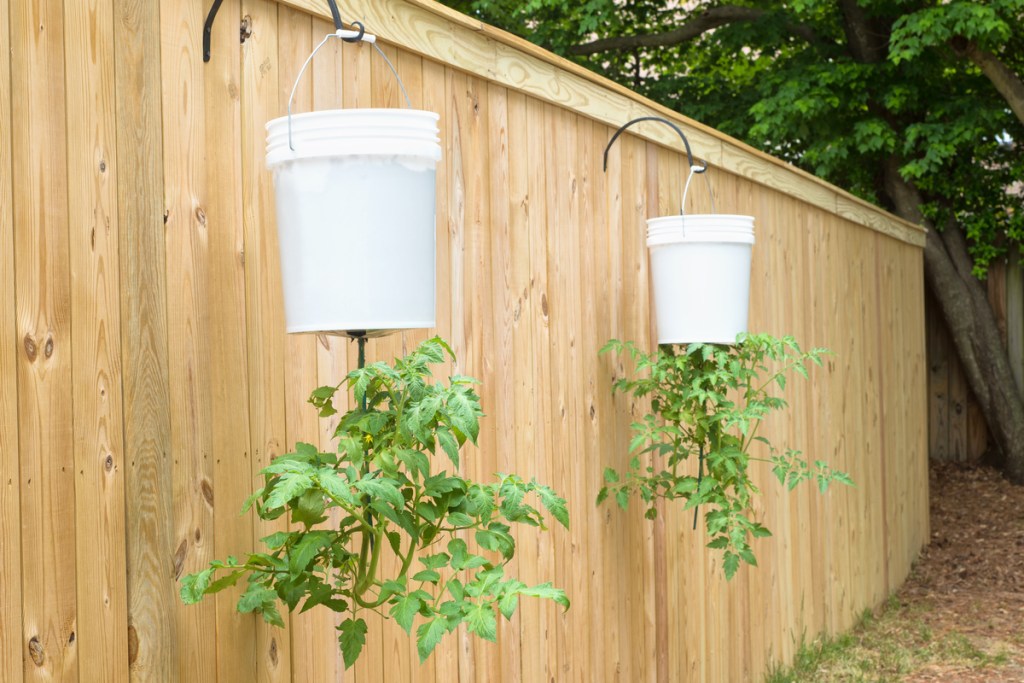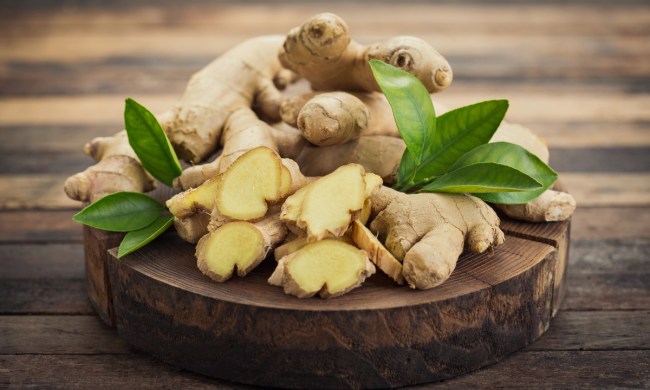
Tomatoes are some of the most versatile vegetables (or fruits, botanically speaking) out there, with over a thousand varieties in terms of colors, shapes, and sizes. Whether cooked or raw, they add a vibrant touch to the look and taste of a dish or sauce. Best of all, they’re loaded with nutrients that are linked to various health benefits, including reduced risk of cancer as well as heart and bone diseases.
Want to enjoy tasty, fresh-picked tomatoes right in the comfort of your home? Thankfully, tomatoes are easy to grow on your own. You don’t need to be an expert gardener. You don’t even need a big space or know how to grow a vegetable garden to get started, either. Check out this quick guide on how to grow tomatoes in pots so that you can transport them easily when it comes time to harvest.
Benefits of growing tomatoes in pots
If you have recently acted on your balcony garden ideas and your space is limited to that area, no problem! Although tomatoes are typically cultivated in a vegetable garden, they also thrive in pots. Using this method has multiple advantages compared to planting directly in the soil, and it will help you save money on fertilizers.

By planting your tomatoes in containers, it’s much easier for you to protect the plants from critters (like rabbits and deer). You’ll also be better able to protect their roots from pests and diseases. You’ll be able to control how much water the plant gets, which prevents the soil from getting soggy or sandy. Additionally, there’s the convenience of adjusting the location of the pots to just about anywhere they can get sun and keeping them easily within reach for harvesting.
A step-by-step guide to growing tomatoes in pots

How to choose the right pot
The size of the pot should match the size of the plant. For tomatoes specifically, it’s better to go for bigger, deeper containers. Tomato seedlings may seem small, but a full-grown plant requires a lot of room in order to develop a strong root system. Dwarf varieties can make do with hanging baskets or pots sized 8 to 12 inches, while typical bush types will grow best in 5-, 8-, or 10-gallon buckets. For vining varieties, it’s recommended to go for 15- to 20-gallon tubs to ensure maximum support for the plants’ lengthening stems and heavy fruit production.
When it comes to the pot itself, there are many material choices available. Containers made of plastic and other artificial materials are fine choices, as they do not dry out quickly. Wine barrels, fabric pots, and galvanized metal troughs also make excellent vessels for growing tomatoes. You might wish to avoid terracotta, however, as the porous clay means the plan loses moisture quickly.
No matter what type of pot you use, make sure it has drainage holes to let the water drain freely and to let air reach the roots.
The best soil for growing tomatoes
Soil from planting beds can be too heavy for containers, and it could possibly contain pests and disease-causing organisms. We suggest using a premium-quality potting mix, particularly the light and fluffy type so there’s plenty of space for moisture and air to move through the soil.
As a rule of thumb, wait to plant until after the last frost in your region. Fill the pot with soil at least 1 inch below the rim so you can easily add a layer of mulch for maintaining moisture. Dig a hole so that most of the seedling is deep under the soil (about 2/3 of the stem) while keeping some leaves sticking out at the top. Any leaves or branches below the soil line must be removed. In time, roots will develop and strengthen, making them more likely to produce healthier plants. To avoid disturbing growing roots, insert a support when planting and secure it firmly into the soil. Depending on the type of tomato, you can use a stake, cage, or trellis.
Pick the right location and arrange the pots
Dealing with poorly-lit areas can be quite easy if you’re up to the task. Position the pots in a way that they’ll be exposed to the sun for at least six hours a day. You can move them to different spots if you think they aren’t getting enough sun in one location. Because tomatoes need consistent moisture, you might also want to place them near your garden hose reel, unless you don’t mind lugging around a watering can from time to time.
When arranging pots, group them to shade the roots, but leave enough space between them to prevent leaves from rubbing each other, which can spread diseases. One thing to note: Avoid placing them directly on asphalt and other hot surfaces (especially metal), since this can cause the roots to burn and interrupt plant growth.
Water and feed regularly
Proper watering is key to growing tomatoes in pots successfully. The soil must retain consistent moisture, but be careful not to saturate it. Do a simple finger push test—if the top inch is dry, it means the plant needs a drink. It also helps to have a saucer beneath the container to catch excess water. This will enable the plants to absorb extra moisture, which is especially ideal during hot days. A good garden hose can help make this easier.
Some potting soils already have nutrients in them, but you’ll want to continue feeding to yield stronger plants and juicier tomatoes. The general recommendation is to fertilize the plants about once every other week for the early growing period, and then taper fertilizing once the tomatoes start to ripen. Go for well-balanced fertilizers specially formulated for tomatoes and other summer crops.


